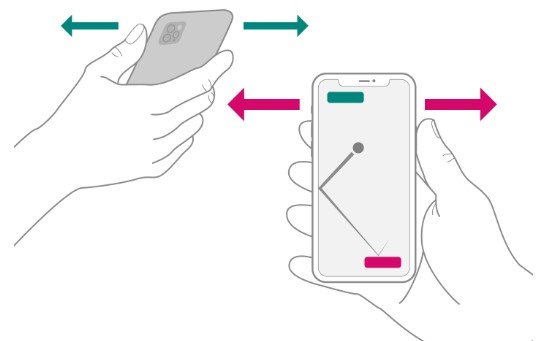iOS 14: Developers can now take advantage of the U1 chip thanks to new 'Nearby Interaction' framework

What you need to know
- Apple has announced a new framework for developers.
- It will let them take advantage of Apple's U1 chip.
- It uses Ultra Wideband technology to improve spatial awareness.
Apple has announced a new 'Nearby Interaction' framework that will let developers take advantage of Apple's U1 chip in iOS 14.
In a new developer document noted by MacRumors Apple states:
Use NearbyInteraction (NI) in your app to acquire the position of nearby iPhones with a U1 chip, such as iPhone 11 or later. To participate in an interaction, devices in physical proximity run an app and consent to share their position and device tokens that uniquely identify their device. When the app runs in the foreground, NI notifies the interaction session of the peer's location by reporting the peer's direction and distance in meters.
Currently, the U1 chip in the iPhone 11 is only used for directional AirDrop, the new framework will give developers the option to create new experiences based on spatial-awareness. Apple says that "Devices that share their positions using the high frequency of the U1 chip enable a fluid, interactive session in which peer positioning within the physical environment becomes a primary driver of the user experience." The examples of implementation within apps it gives are:
- A multiuser AR experience places virtual water balloons in the hands of its participants.
- A taxi or rideshare app employs a peer user's direction in real time to identify the relative locations of a driver and a customer.
- A game app enables a user to control a paddle with their device and respond to a moving ball on the peer user's screen, as demonstrated by the following figure.
Apple has also published a developer video on the subject, the description of which states:
The Nearby Interaction framework streams distance and direction between opted-in Apple devices containing the U1 chip. Discover how this powerful combination of hardware and software allow you to create intuitive spatial interactions based on the relative position of two or more devices. We'll walk you through this session-based API and show you how to deliver entirely new interactive experiences — all with privacy in mind.
One notable limitation is that the feature works best when all the phones in question are in portrait, rather than landscape.
iMore offers spot-on advice and guidance from our team of experts, with decades of Apple device experience to lean on. Learn more with iMore!

Stephen Warwick has written about Apple for five years at iMore and previously elsewhere. He covers all of iMore's latest breaking news regarding all of Apple's products and services, both hardware and software. Stephen has interviewed industry experts in a range of fields including finance, litigation, security, and more. He also specializes in curating and reviewing audio hardware and has experience beyond journalism in sound engineering, production, and design.
Before becoming a writer Stephen studied Ancient History at University and also worked at Apple for more than two years. Stephen is also a host on the iMore show, a weekly podcast recorded live that discusses the latest in breaking Apple news, as well as featuring fun trivia about all things Apple. Follow him on Twitter @stephenwarwick9
